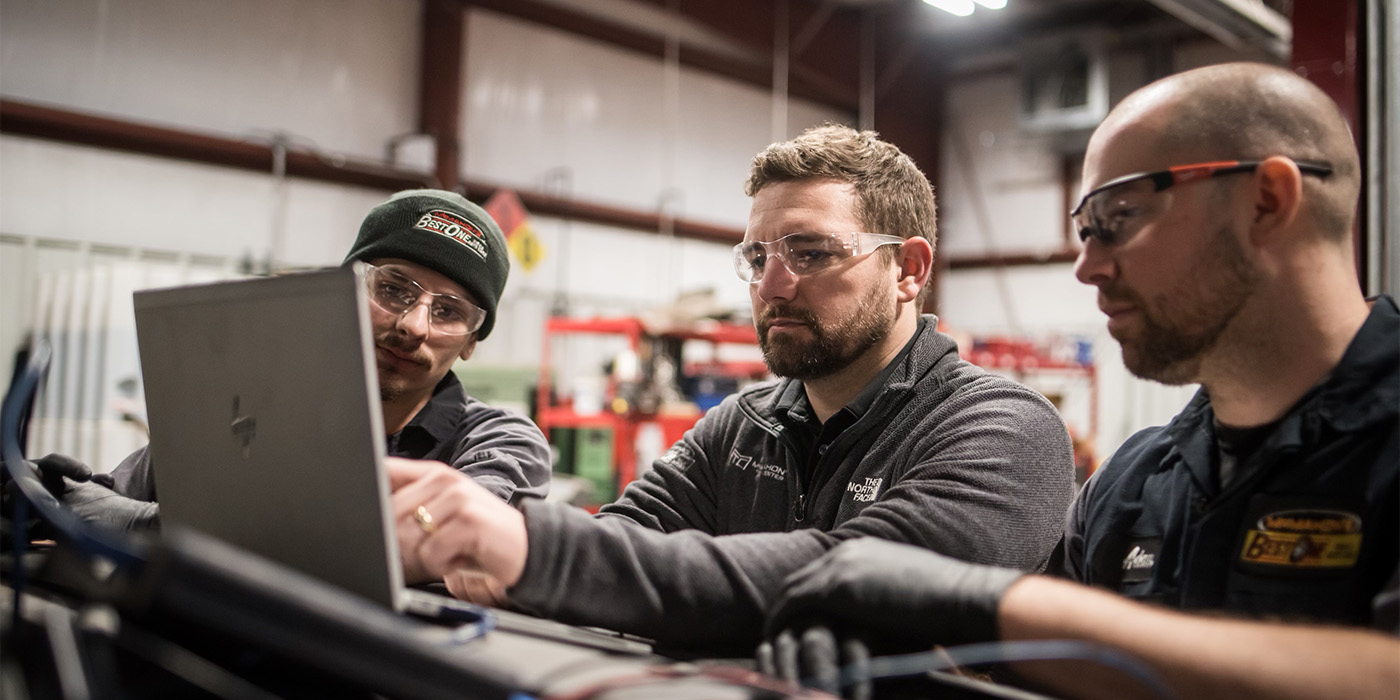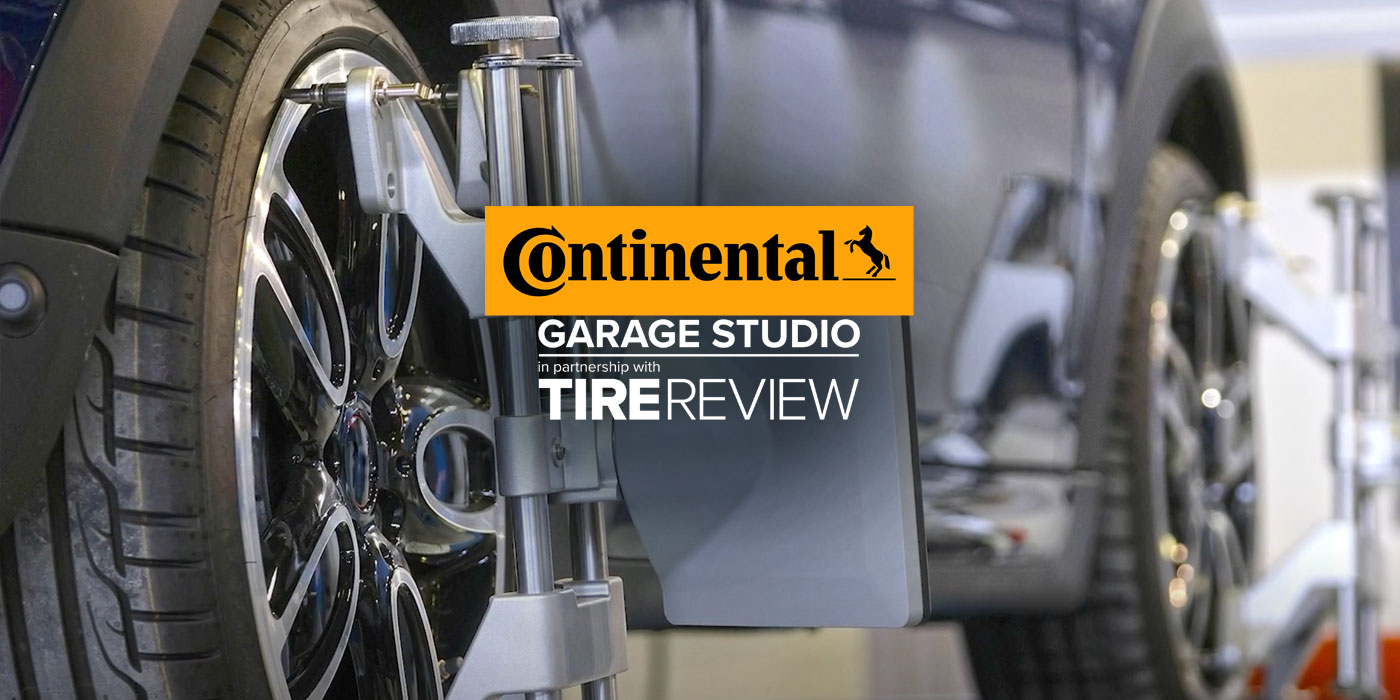Your roadmap begins with collecting all the labor dollars for your technicians’ time. Through measuring and managing, you can determine whether or not you are collecting all the labor dollars that are available to you, or if you are leaving money on the table.
Once you start measuring a few important metrics, especially effective labor rate (ELR), you will be able to make meaningful decisions in your business. Measuring and managing these metrics will help you find existing, hidden labor dollars — and collect more labor dollars — which can boost your bottom line.
Are you collecting labor dollars for indirect labor costs?
Most shops have a matrix for their parts, but how many shops are using a matrix for their labor? We all know that driveability testing takes time and talent to perform; that’s why we need to charge differently for that service. For example, say my hourly labor rate is $100, but using a labor matrix, I charge $129. My technician gets paid for the one hour, but because of the equipment and training I need to perform these services, I need to charge an additional $29 for this time.
Essentially, you are preventing a bleed-out of financial resources from the indirect and hard-to-measure costs of labor. These costs may seem small per job, but they can add up “big time.”
Why is it so important to collect as many labor dollars as possible?
We pay our bills from the labor dollars we collect for our technicians’ time. Therefore, it’s important that we collect for the time it takes our technicians to complete a task.
For example, a job that has an estimated four hours of billed time and is sold at $80 per hour equals $320. If the technician does it in three hours, you should still collect the $320, rather than $240. This is a good, profitable technician and his labor should not be discounted. Again, this profit is what we use to pay our bills, keep our staff employed and keep our businesses afloat.
Tracking technician productivity, efficiency and ELR will help you measure and manage your labor dollars.
Productivity is defined as billed hours divided by clock hours (the time your technician is in the building.) For example, if a technician bills 40 labor hours and is in the building for 40 hours, the technician is 100% productive. Determining the productivity (and efficiency) of your technicians is the first step in determining where your labor dollars are bleeding out.
Efficiency is defined as billed hours divided by actual hours (the time spent working on cars). For example, if a technician bills 50 hours and does it in 40 clock hours, the technician is 125% efficient. In order to accurately track efficiency, you’ll need a time clock for the technician to clock in and out of each task.
This brings us back to ELR, which is the most overlooked number in a shop.
What is ELR and why is it so important to measure?
ELR is the actual dollar amount you collect for each hour of your technician’s time.
In the gas station business, there is a term called pool margin. For example, if I sell 100,000 gallons of gas at a $0.10 pool margin, I would make $10,000. If I sell the same 100,000 gallons at a $0.13 pool margin, I would make $13,000. Tracking the pennies over a period of time is important to maintaining profitability.
The same concept holds true with ELR. If your labor rate is $100 an hour and your technician bills 40 hours, you would expect to collect $4,000 in labor. Let’s say your service adviser gives a discount on the labor to sell a job and only charges $90 an hour for the 40 hours; you would collect $3,600. That’s $400 less in one week off of your bottom line. And, over the course of one year you would lose more than $20,000. Again, tracking the pennies, and in this case dollars, can have a positive effect on your bottom line.
Menu-priced items and discounted oil changes also affect your ELR. ELR looks at our service adviser’s ability to sell maintenance and service at the rate you expect in order to maintain your profitability.
Fixing the labor in your shop costs you nothing.
You don’t need to buy another scanner, turn on another light or hire another technician — all you need to do is measure and manage what you already have. When you have a time management system in your shop, you can easily make on-time business decisions. If you set goals for your technicians and they are able to see their progress every day, they will naturally work to get to the goal.
And, if you can see a technician having some challenges, you can address them this week, not at the end of the month when the game is already over. We must inspect what we expect. Having the processes in place will bring technician accountability.
Determine the type of technicians you employ and pay accordingly.
In our industry, we have different types of technicians. The time bandit just mulls around all day at his own pace, making an hourly wage that he’s comfortable with. Then, you have the technician who’s good, but doesn’t know management’s expectations. You can boost the accountability of this type of technician by giving him a process to follow. Lastly, you have the great technician who wants to be recognized for his efforts. Having each of your technicians on the correct pay plan for your business is very important to the success of your labor profits.
Help your technicians get better, and they will help your business get better.
If you are motivated and focused on accomplishing something, it usually happens – that’s human nature. Showing your technicians their goals every day creates a sense of self-worth when the goal is met. Compare it to a golfer shooting below par; there is an immediate sense of accomplishment.
Implementation of the processes to help your team reach shop goals is what makes a shop owner successful. What we do today takes care of tomorrow. What are you doing to secure your future? In the end, a road map for optimizing your labor dollars will lead you to profitability.













